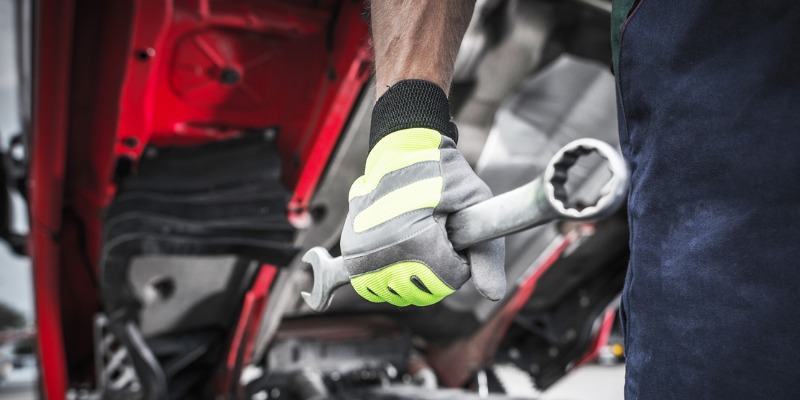Finding the cause of your starting issues requires a thorough, step by step approach. These steps are, in a general sense, the same when you are dealing with a standard starter as opposed to a Smart IMS Starter, but the ladder differs because it has certain features that can be mistaken for starter problems, which brings us to our first step.
Step 1: How does the problem present itself? It may be a click/no crank condition, a no click/no crank condition or a slow cranking condition.
If you identify a click/no crank or no click/no crank condition, it’s important to know that Smart IMS starters have features that prevent cranking. These features are designed to protect the starting system by:
- Limiting cranking time to 20-seconds with a 10-second delay before re-engagement, which prevents excessive cranking
- Delaying three seconds after each start attempt, which protects the pinion and ring gear from milling damage
- Preventing terminal overheating by preventing starter engagement if battery open circuit voltage is below 11.75 volts on a 12-volt system
- Preventing the starter from engaging into a running engine by not allowing starter engagement if the battery voltage is 13.75 volts or higher
Step 2: Next check the condition and charge of your battery. A battery with low charge, (less than 65%), must be charged and any battery that fails a performance test must be replaced.
Continuing to test with a discharged or failed battery can lead to misdiagnosis. Also, as you can see in this video from DelcoRemy, it may cause the Smart IMS starter to prevent cranking or to disengage the cranking starter.
Step 3: Now you will need to determine the voltage drop on your main starting cables by performing a voltage drop test. On a heavy-duty system, the voltage drop should be no more than 0.5 volts at 500 amps. An excessive voltage drop may cause the conditions described in step one.
In the case of an excessive voltage drop, determine whether the positive or negative cable is the source of the problem. Do not continue testing until you have made the necessary repairs. Voltage drop may also be caused by corrosion at the connections between the starter and battery, or undersized cables.
Step 4: Test the starter control circuit.
A slow crank problem means the control circuit works properly because the starter is still cranking. Assuming the battery and main cables are up to specifications, it is time to replace the starter.
If you have either a click/no crank, or a no click/no crank issue, then perform a voltage drop test on the starter control circuit. It must have a minimum of eight volts at the Smart IMS “S” terminal, with the key in the start position. If above eight volts and the battery and main cable are up to specifications, replace your starter.
Step 5: Inspect the ring gear before replacing your IMS Starter.
If the ring gear has been damaged, it must be replaced before installing a new starter, otherwise you will risk problems with your new starter.
Give the team at Elreg Distributors Ltd. a call, or send them a message if you need help diagnosing your starting equipment. We specialize in starter equipment specific to your industry.

